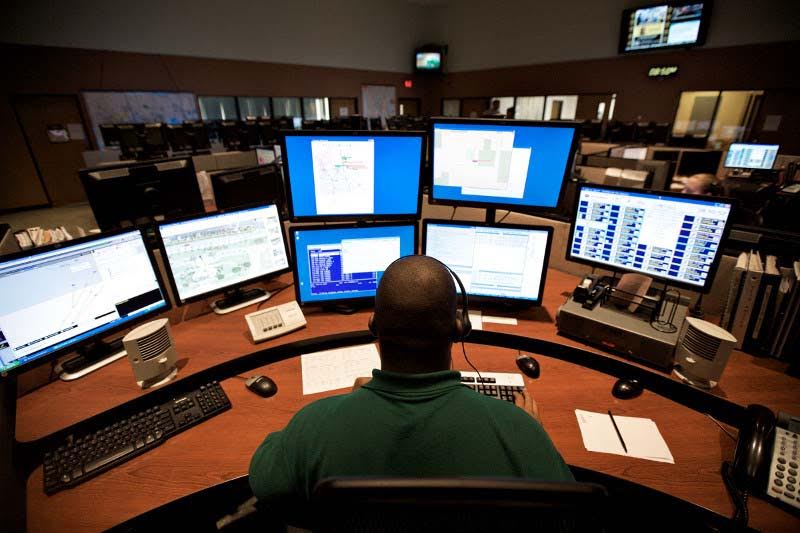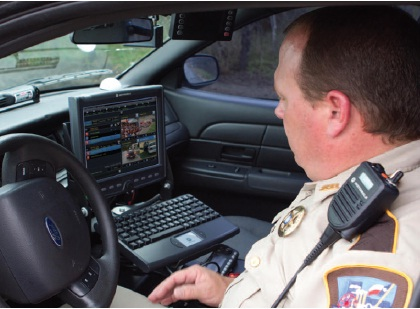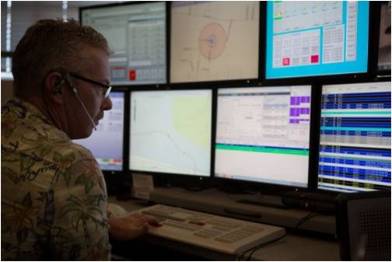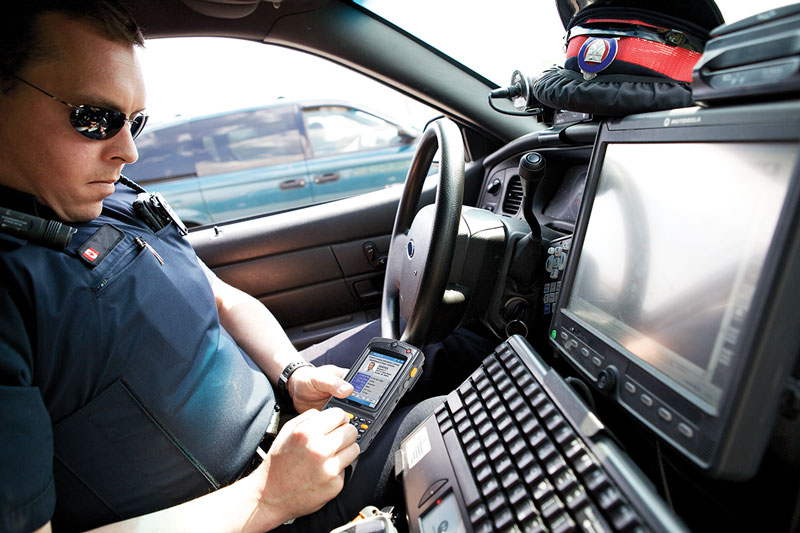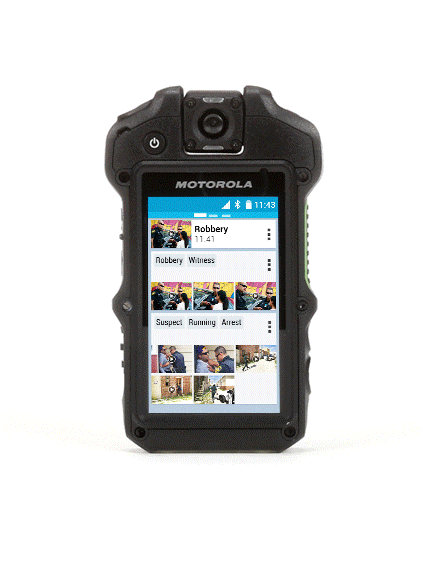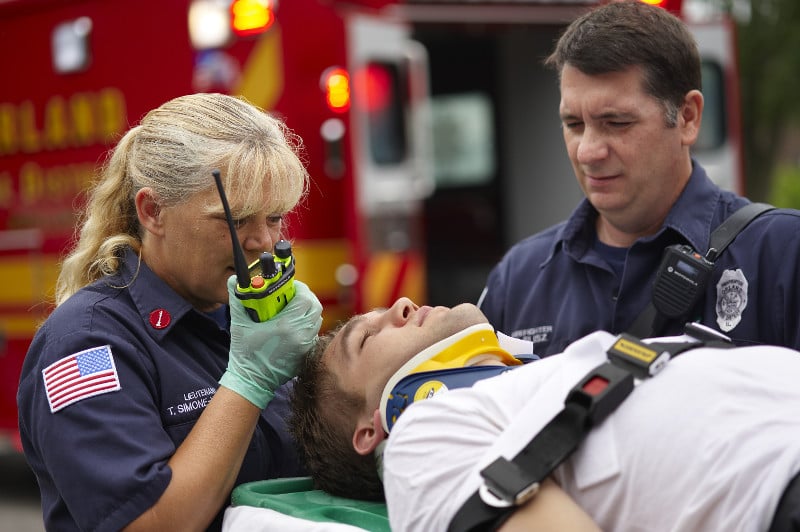A decade ago, social media was largely thought of as something reserved for teenagers or college students. It was often regarded as silly or mindless (after all, how much do you really care that Steve bought a new shirt?) and wasn’t exactly high up on the list of technologies law enforcement would consider using.
Today, we know that those early ideas of social media are largely outdated. While millions of people still flock to Twitter or Facebook to share updates about their life, social networking is being used by thousands of law enforcement agencies across the country to better connect with the communities they serve. This can include posting live updates to a crime in progress (keeping citizens informed) or even showcasing the “behind the scenes” life of police officers (department transparency).
One of the latest social media technologies that is catching on is that of live video streaming. There are two main players in this market, Twitter’s Periscope and its rival, Meerkat. Using these smartphone applications, anyone can live stream video from their device and broadcast that video to anyone, anywhere in the world. This technology is quickly being adopted into the public safety sector, and for good reason, but as with any new technology, you always need to consider the pros and cons before fully adopting it into your strategy.

